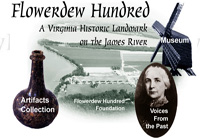Museum Center at 5ive Points [TN]
The Museum Center at 5ive Points presents the sociocultural history of Southeast Tennessee's Ocoee District. The museum's permanent exhibit discusses local Cherokee and other Native American life, the Trail of Tears and settlement, antebellum life, industry and commerce, the World War I and II eras, and the 1996 Olympics. Seven fictional living history characters give the exhibits a personal tone.
The center offers exhibits, a summer art camp, thematic school tours, homeschool programs, traveling trunks, and 50-minute interactive outreach programs.
Reservations are required for groups of 12 or more.
